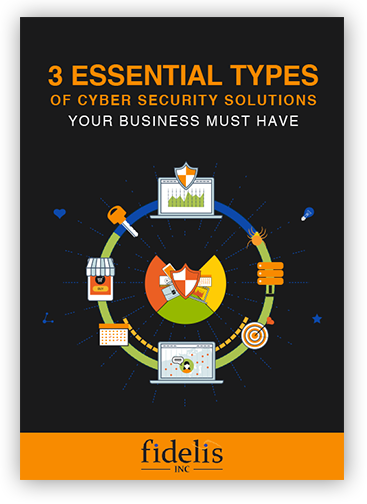Most employees dread security awareness training, especially if it involves them having to go to work during their free time. All too often are sessions long, tedious, and lacking in any meaningful engagement. When that’s the case, employees will view them as distractions from their work, and they likely won’t come out with any important takeaways.
Yet there’s no denying that people are by far the biggest threat to cybersecurity. Almost all data breaches stem from a social engineering attack since it’s usually much easier for cybercriminals to exploit human ignorance than vulnerabilities in technology. That’s why every business needs to train their employees.
Here’s how to raise security awareness without it becoming a burden:
#1. Get everyone involved
Every unaware employee who uses a computer in your business is a cybersecurity risk. All too often is information security considered the domain of the IT department, but nothing could be further from the truth. Everyone is a potential target of phishing scams, with executive-level staff being a favorite.
Your training program must be involve the whole organization. Rather than making it about technology, focus on building a culture of accountability driven by a common awareness of the threats.
#2. Don’t make it all about the business
If your training is just centered on how cybercrime is the number one danger facing corporate profitability and brand reputation, then you’ll quickly start losing the interest of lower-ranking employees who just want to get on with their jobs.
Instead, break away from the traditional format of security awareness training to make the training more relevant to your employees. Bring home the fact that they’re targets as well — not just your business. Educate them on the threats facing our digital lives both inside and outside work.
#3. Don’t just tell — test as well
People often have short attention spans so if you’re just bombarding them with statistics and other technicalities, even the most engaged audience will quickly forget about what they’ve learned. Have your employees take short, regular tests to help them develop stronger cybersecurity habits and remember what they’ve learned. For example, phishing simulations will tell them which common signs to look out for in malicious emails and other communications. Simulated attacks can also be adapted to any IT devices and apps so you can prepare employees for a wide range of real-world scenarios.
#4. Add some fun into the process
Information security may not be the most glamorous topic but that doesn’t mean your training sessions need to be boring. If you want your employees to make fewer security mistakes, be more careful with their online activities, and be more vigilant, then you need to make the training process as engaging as possible.
Instead of the standard lecture-style training session, add a bit more variety with engaging videos and encourage staff to ask questions about the material. Gamification, or the use of video game characteristics in non-game scenarios, is a great way to increase engagement and add some fun into the mix. Use things like achievement points and ranks to turn training into a competitive experience, where it will also be easier to track the success of your program. Tabletop testing, where you simulate a security incident and walk employees through the scenario, is another fun and engaging way to prepare everyone for various threats.
Fidelis Inc. provides security training services to prepare your employees for various threats. We offer weekly security training, simulated phishing tests, annual risk assessments, and so much more. Call us today to implement a robust security awareness strategy.
Download our free eBook!
Still unsure how to secure your business? Read our eBook, 3 Essential types of cyber security solutions your business must have and find out how you can optimize your business's cybersecurity without spending too much.



